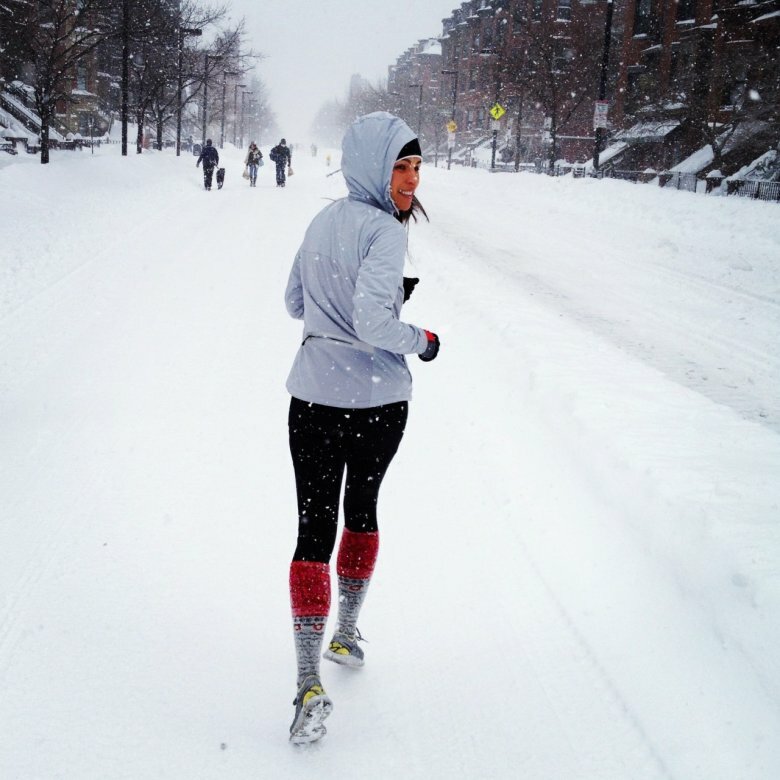Christmas holidays, seasonal illnesses (flu, COVID, etc.) or just cold weather create inevitable pauses in running. Such pauses can last from 2 weeks to a couple of months and lead to an inevitable loss of fitness.
The result is a rapid increase in heart rate, fatigue and shortness of breath every time you try to do even a light jog. How to fight it and return to a minimally acceptable form by spring?
Winter’s blow to your health and running ego is a great excuse to get back to basics. When you have no choice, it makes sense to start with slow running. Easy and slow has many benefits and chief among them is strengthening your cardiovascular system (CVS). It is the foundation of everything in running.
What is the best way to run slowly in winter?
Leaving aside the comment that you can’t run fast in winter — the cold air, slippery surface and darkness don’t allow it — we need to look at how to get the most out of slow running.
The most affordable and useful type of training is cross-walk. It combines slow running and fast walking. Yes, it is running and walking, that is, moving in a “slow and even slower” mode. Crosswalking is a kind of anti-fartlek.
The goal of cross-walk is to train your heart and keep your heart rate within the 2nd zone. When the heart rate becomes stable, it will allow you to do faster running workouts without fear of overstressing yourself and your heart. That is, without the risk of injuring the heart muscle.
What is the right way to do cross-walk training?
If your 2nd heart rate zone is within 130–140 beats, then running will look like this: a few minutes of running at a heart rate up to 140, after reaching and exceeding this value (140–142) transition to a fast walking until the heart rate drops below 130 (or better closer to 120). Then again slow jogging to 140+ and switch to fast walk. The number of switches from running to pacing is irrelevant.
What is important is to maintain some difference between running and walking pace. Fast walk is mostly done within the 9:30–10:30 min/km pace. But this is not an axiom either. The important thing here is that you walk at a pace that will let your heart rate drop closer to 120 beats. The pace of the run will be a little faster — but just a little bit. You don’t need to break 4:30 min/km to get to 140 faster and get back to walking. The goal in running is to regulate the pace and do the running as long as possible while keeping your heart rate under 140.
Crosswalk formula.
To simplify the task, try starting with a 2–2 regimen, i.e. 2 minutes running, 2 minutes walking. Provided that your running pace during the 2 minutes is low enough to keep your heart rate between 130–140. While walking should be such as to allow your heart rate to drop to 120–125 beats/min in those 2 minutes. Further on you can gradually swith to 3 or 4 min run and 2 min walk. Next, you can start reducing the walk phase to 1 min.
The total time of such training can be from 45 minutes to 1.5 hours. The number of kilometers does not matter here.
How many cross-walks should you do?
Such training should be repeated 1–2 times a week for 1–1.5 months until you feel that your heart rate can stay in the 2nd zone while running slowly. Achieving this is a sign that you are well-prepared for the season.
Have fun training.
